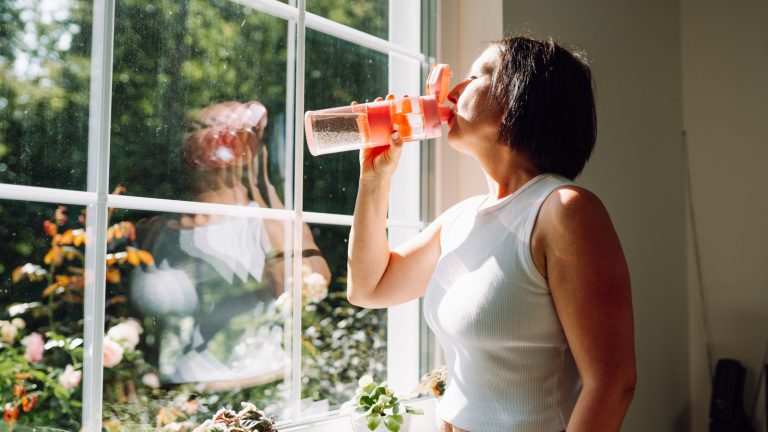Sometimes there’s just no way around it: You need to buy plastic. The pang of guilt that comes with purchasing plastic bottles can be offset by reusing them for something useful afterwards. What better way to reuse water bottles than to grow something in them? DIY planters can be used to get started on an herb or vegetable garden, or to house baby plants and flowers. Plastic bottles are ideal for plants that will need to be repotted soon, as they are lightweight and can easily be ripped open and thrown away.
Self-watering planters are also perfect for those among us who love having green things in our homes but often find ourselves forgetting that we are responsible for keeping them alive. Does only remembering to water plants when the leaves start turning brown sound familiar? This is when the cardinal mistake of overwatering becomes the next problem that your plants need to contend with. Do yourself and your little plant babies a favor by taking some time to create these DIY planters.
Here’s how to keep your fledgling plants hydrated with minimal effort
The first step is to wash your bottles, making sure that they are clean and that any labels are removed. Next, cut the plastic bottles in half. Remove the caps from the bottles and poke, cut, or better yet drill a hole big enough for string to pass through. Now, take a doubled-up piece of string, at least six inches long, feed it through the hole, and knot it so that it stays in place. The loop inside the cap should be one to two inches.
Okay, enough work. Now the fun part! Put the cap back on the top half of the bottle, turn it upside down and fill it with soil. For seeds, you may want to opt for a special seed starting mix like peat moss. Plant your seeds or seedlings in your soil, making sure that the one to two inch loop of string is nicely packed inside the soil as well. Fill the bottom part of the bottle with water, and place the inverted top part of the bottle inside of it. Let the other (longer) end of the string sit in the water, but make sure there is not so much water in the bottom half that the bottle cap is submerged. We want to make sure the cap is out of the water. You can now leave your seedlings or seeds for at least a few weeks without having to look at them everyday with guilt for your parental neglect, or with panic as you remember the last time you watered them was … when was it anyways?






